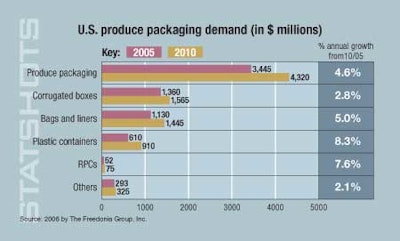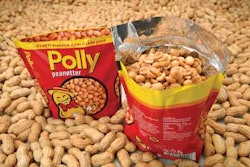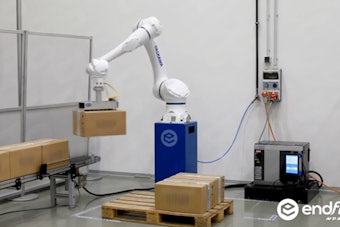
The Freedonia Group (www.freedoniagroup.com) forecasts produce packaging demand to rise 4.6% per year to $4.3 billion by 2010.
Freedonia's Produce Packaging study reports that demographic trends such as the aging population and growth in the number of small households and working households will lead to the purchase of more convenience-oriented products.
While box demand will increase at a slower-than-average pace, the study says corrugated boxes will remain the leading produce packaging format (see accompanying Statshots chart). Modular boxes, white-top linerboard boxes, and moisture-resistant boxes will see more prevalent use. Reusable plastic containers (RPCs) will only account for a fraction of produce volume in the U.S., despite significant usage by Wal-Mart and other retailers for specific applications.
Clamshells, tubs, bowls, cups, bags, and liners for fresh-cut, ready-to-eat fruits and vegetables are expected to experience above-average growth. Single-serving pouches, and modified atmosphere packaging for such packs will also boost demand, according to Freedonia's survey.
“Salad, which accounted for 13 percent of produce packaging demand in 2005, will remain the fastest-growing segment of the market,” says the study. “Fruit packaging applications will outpace vegetable uses, supported by robust growth for fresh-cut fruit and greater overall protective needs.”
The 260-page survey is available for $4,400. Contact Corinne Gangloff by phone at 440/684-9600, or e-mail at [email protected].
—Jim Butschli























